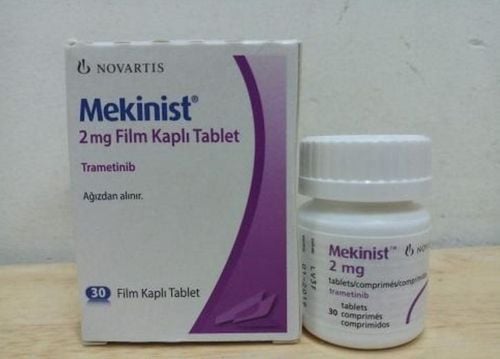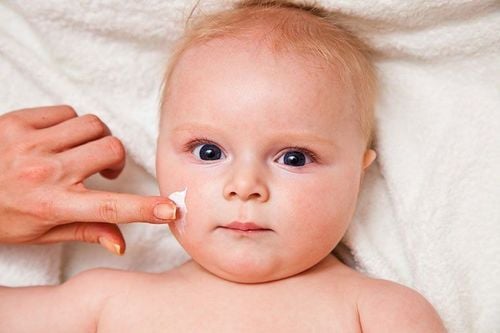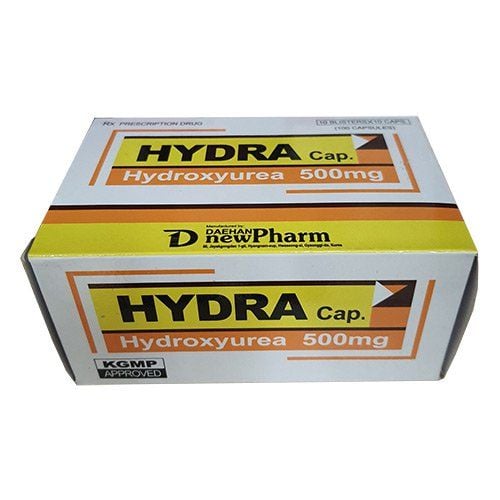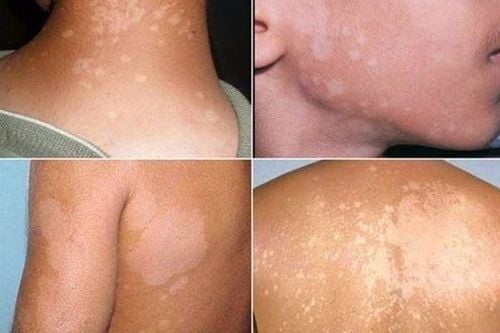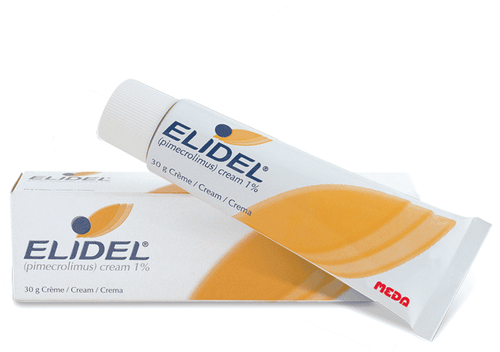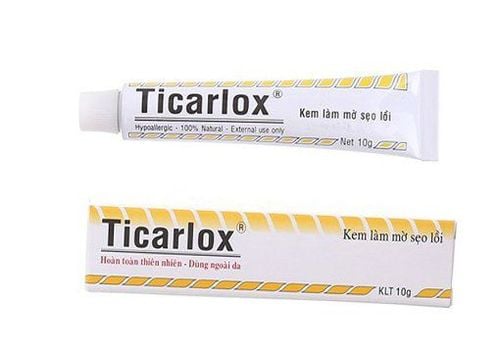This is an automatically translated article.
One of the treatment options for photokeratosis is laser therapy, optionally using ablative laser or non-fibroblast fractional laser. When CO2 lasers are used, additional cosmetic enhancements are achieved by removal and compaction of the light-damaged collagen in the superficial dermis, thereby reducing photo-damaged keratosis skin damage. light on the skin.1. Introduction to CO2 . laser light keratosis treatment
Although there are a number of treatments available for patients with photodamage and photokeratosis, a challenge that must be faced is selecting the most efficacious treatment as well as the complexity of the treatment. patient tolerance and downtime should be minimal. Accordingly, one of the treatment options is laser therapy and there are various useful laser systems for the treatment of photosensitive keratosis. In general, to remove photokeratosis, ablation lasers need to emit long wavelengths, such as the CO2 laser system (10,600 nm) and Erbium Yttrium Aluminum Garnet (Erbium YAG; 2,940 nm).The principle of the laser system is to emit coherent light of one wavelength. The goal of laser therapy is to selectively ablate with heat and damage one of the specific components of the skin, such as hemoglobin in vascular lesions or melanocytes in pigmented lesions. Since all skin cells are largely composed of water, laser systems that emit infrared wavelengths are often used to vaporize the superficial portion of the skin, resulting in erosion. This erosion becomes deeper when the same location is targeted multiple times. Furthermore, except for ablation of the superficial parts of the skin, the CO2 laser also produces a thermal effect, coagulating just below the abraded skin layer. This has the benefit of avoiding bleeding during surgery, since the blood vessel is sealed; Pain relief after surgery because the superficial nerves have been destroyed and induce tightening of collagen fibers in the structure of the skin. However, as a result of these thermal effects, CO2 lasers carry the risk of scarring.

Bệnh dày sừng ánh sáng thường được điều trị bằng laser CO2
2. Indications and contraindications for CO2 . laser photokeratosis treatment
CO2 laser light keratosis treatment can be applied to most cases of skin lesions on any part of the body. However, all patients before the procedure were examined for their general health. Accordingly, this method should be considered if the patient does not agree or is unable to cooperate in treatment or has unstable chronic diseases such as hypertension, diabetes.Skin lesions caused by other agents that are active on the skin are also contraindications for the treatment of CO2 laser photokeratosis, eg syphilis or skin infections, skin ulcers.
In addition, people with severe systemic diseases, pregnant, immunocompromised, or irradiated treated skin areas, with keloid scars, should be cautious when treating photokeratosis with CO2 laser and step by step. laser waves.
3. How does the CO2 laser light keratosis treatment process take place?
The place where CO2 laser photokeratosis is performed is a procedure room with suitable conditions for laser irradiation. This process can be done on an outpatient basis, ie the patient only needs to be monitored for 30 minutes with local anesthesia, 6 hours with anesthesia or spinal anesthesia and leave the same day.After being consulted on the method, treatment process and agreeing to perform, the patient will be arranged to lie on the procedure table with a comfortable position, suitable to expose the area to be treated.
Doctors with experience in using laser therapy will start with extensive disinfection of the treatment area with povidin 10% or chlorhexidin 2%, alcohol 70 degrees... Spread a sterile cloth to cover the surrounding area. The energy from the CO2 laser will irradiate to help photocoagulate or evaporate layer by layer, thereby completely eliminating both width and depth of lesions.
When the lesion is guaranteed to be removed by laser, the skin is cleaned and the cream is applied with a cream that may contain antibiotics, a protective bandage. The patient will be monitored postoperatively according to the procedure before leaving.

Người có cơ địa sẹo lồi cần thận trọng khi điều trị bệnh dày sừng ánh sáng bằng laser CO2
4. Complications when treating photokeratosis with CO2 laser laser
The expected side effects after CO2 laser photokeratosis treatment are superficial edema, oozing, and bleeding.In some cases, patients may develop mild to moderate erythema and edema that persists for 2-3 days after treatment. Especially in patients with darker skin types, some hyperpigmentation may arise after treatment but will usually fade over several months.
The most important and best known complications after laser treatment are scarring and pigmentation disorders. Excessive tissue tightening in the periorbital area can also lead to hair growth. These complications all appear after CO2 laser resurfacing if applied repeatedly and infection after treatment. At this time, the impact of bacteria and viruses that cause infections can arise and are not always easy to distinguish from each other in the treated skin area. Thus, if the photosensitive keratosis skin area treated with CO2 laser is increasingly painful and exudes a lot of fluid, the possibility of infection should be ruled out. Your doctor will take swabs for bacterial and viral cultures or PCR from the surface of your skin. Infections need to be treated aggressively to prevent complications later on.
In summary, CO2 laser is effective in the treatment of photokeratosis keratosis, removing keratosis lesions on the skin surface basal cells. The use of CO2 laser also helps to limit the lesions that progress to the precancerous stage of the skin. However, because of the possible risks when performing CO2 laser, users need to carefully choose a reputable intervention place with experienced experts, in order to avoid long-term skin sequelae.
Please dial HOTLINE for more information or register for an appointment HERE. Download MyVinmec app to make appointments faster and to manage your bookings easily.
Reference source: aetnabetterhealth.com, karger.com



